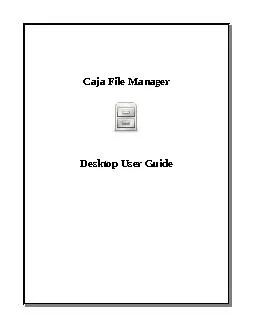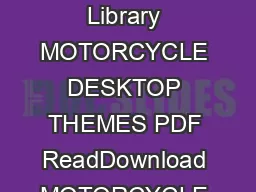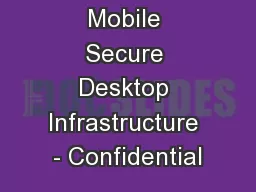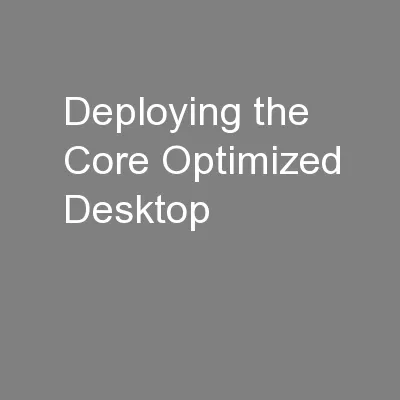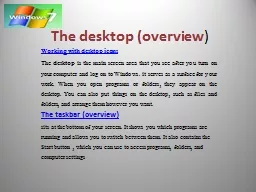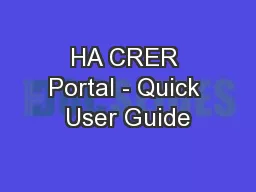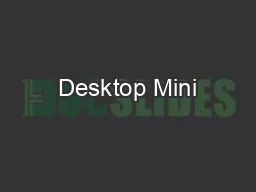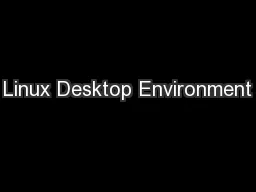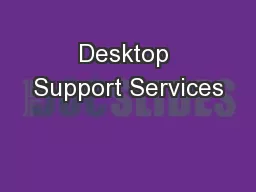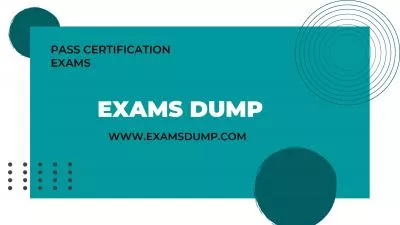PDF-Desktop User Guide Working with Files
Author : morton | Published Date : 2021-06-15
ĂjȄFeЉȊȋer ഈsktᄒГserДue This chapter describes how to use the Caja file manager IntroductionSpatial ModeBrowser ModeOpening FilesSearching For FilesManaging
Presentation Embed Code
Download Presentation
Download Presentation The PPT/PDF document "Desktop User Guide Working with Files" is the property of its rightful owner. Permission is granted to download and print the materials on this website for personal, non-commercial use only, and to display it on your personal computer provided you do not modify the materials and that you retain all copyright notices contained in the materials. By downloading content from our website, you accept the terms of this agreement.
Desktop User Guide Working with Files: Transcript
Download Rules Of Document
"Desktop User Guide Working with Files"The content belongs to its owner. You may download and print it for personal use, without modification, and keep all copyright notices. By downloading, you agree to these terms.
Related Documents

